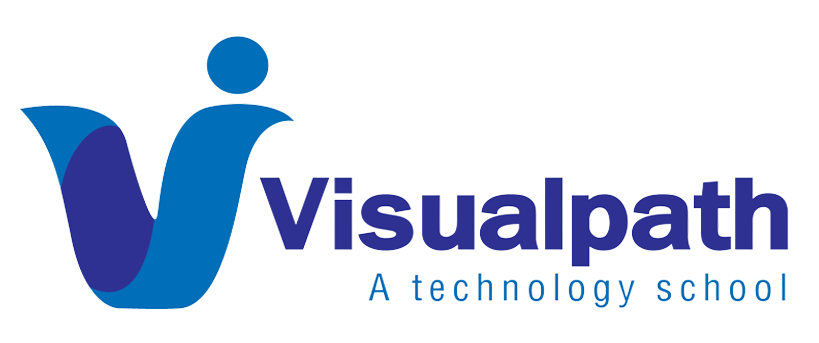In Site Reliability Engineering (SRE), configuration management is the foundation for consistency, scalability, and reliability in modern systems. Without proper control, even the most robust infrastructure can crumble under the pressure of inconsistencies and manual errors. Site Reliability Engineers rely on management tools to automate system states, enforce compliance, and ensure environments behave predictably.
Let’s explore the most widely adopted management tools used in SRE and how they support reliability at scale. Site Reliability Engineering Training
1. Configuration Tool Puppet
Puppet is one of the oldest and most mature management tools.
- Idempotency: Ensures that applying the same multiple times won’t change the system after the first application.
- Scalability: Manages thousands of nodes efficiently.
- Version Control: Easily integrates with Git for change tracking.
SRE teams often use Puppet to automate the provisioning and ongoing compliance of critical infrastructure, especially in hybrid environments.
2. Configuration Tool Ansible
Ansible is a lightweight, agentless management tool that relies on SSH for communication and uses YAML to define automation tasks (called playbooks). Ansible is particularly popular in SRE for:
- Simplicity: Its human-readable playbooks make collaboration between ops and developers easier.
- Agentless architecture: No agents are needed on managed nodes.
- Speed: Fast to set up and run, especially in smaller environments.
3. Configuration Tool Chef
Chef uses a Ruby-based DSL (Domain Specific Language) for writing configuration “recipes.” Though more complex than Ansible, Chef offers powerful customization and is often used by large enterprises. Its benefits include: Site Reliability Engineering Online Training
- Extensibility: Highly customizable for complex infrastructures.
- Active community: Provides a vast collection of pre-built cookbooks.
- Strong integration: Works well with CI/CD tools and cloud platforms.
Chef is often chosen by SREs in environments where deep customization and robust auditability are critical.
4. Terraform
While not a traditional configuration management tool, Terraform by HashiCorp is vital in SRE for Infrastructure as Code (IaC). Terraform provisions and manages cloud resources in a declarative way, making it ideal for:
- Immutable infrastructure means systems are rebuilt completely instead of being modified directly.
- State tracking: Keeps a record of the infrastructure’s current state for consistency.
Terraform is widely used by SREs for provisioning and scaling cloud-native infrastructure reliably. SRE Certification Course
5. SaltStack
SaltStack is a powerful tool built for speed and scalability. It uses a master-minion model and supports remote execution and event-driven automation. Its strengths include:
- Speed: Very fast remote execution across large fleets.
- Real-time monitoring: Can trigger actions based on live system changes.
- Security: Offers encrypted communication and role-based access.
SRE teams working in dynamic or large-scale environments benefit from Salt’s event-driven configuration and monitoring capabilities.
Why Configuration Management Is Crucial in SRE
In Site Reliability Engineering, configuration drift is the enemy of stability. Manual changes, inconsistencies across environments, or undocumented updates can lead to failures that are difficult to diagnose. Configuration management tools ensure: SRE Training Online
- Consistency across environments (dev, test, staging, production)
- Quick recovery from failures by reapplying known-good configurations
- Audit trails for compliance and debugging
- Automation of repetitive tasks, freeing SREs to focus on innovation
They’re integral to incident response, disaster recovery, and compliance audits—all key responsibilities of an SRE.
Conclusion
Puppet handles large-scale server automation. Ansible manages lightweight deployment. Chef supports detailed configuration scripting. Terraform provisions infrastructure. SaltStack enables event-driven execution. Configuration management tools form the core of reliable operations.
In the ever-evolving landscape of SRE, the choice of tool depends on your specific environment, team expertise, and operational requirements. The goal is to make systems predictable, scalable, and resilient. Embracing the right configuration management strategy is not just a technical decision—it’s a business imperative.
Trending Courses: ServiceNow, Docker and Kubernetes, SAP Ariba




